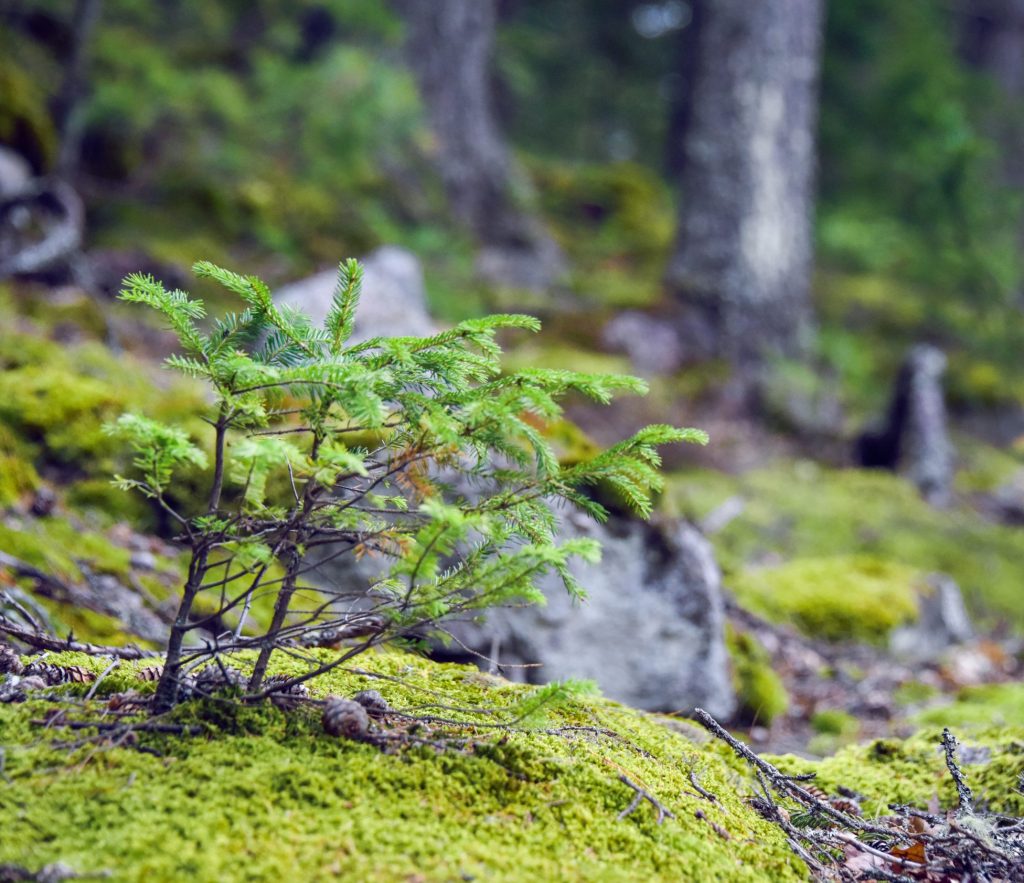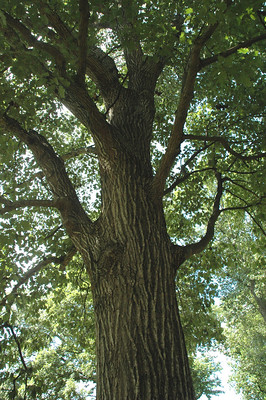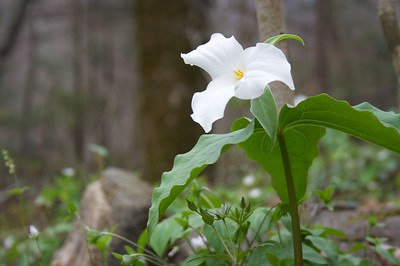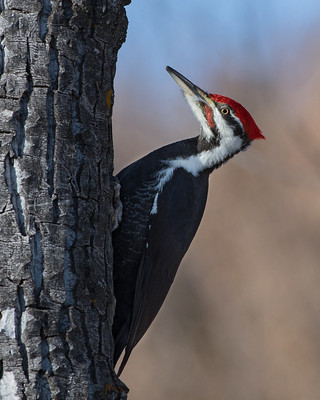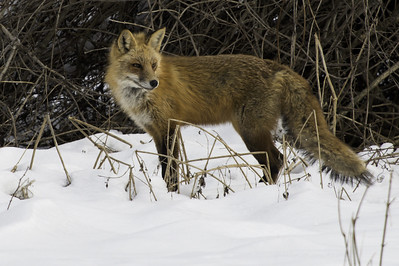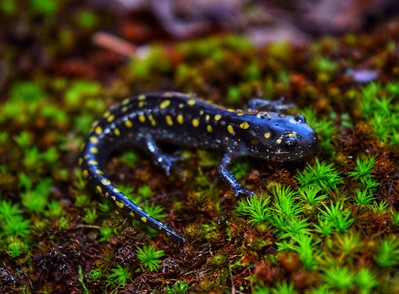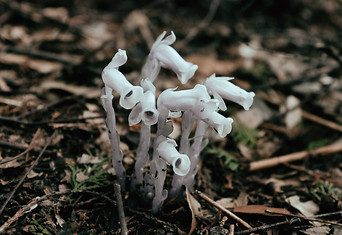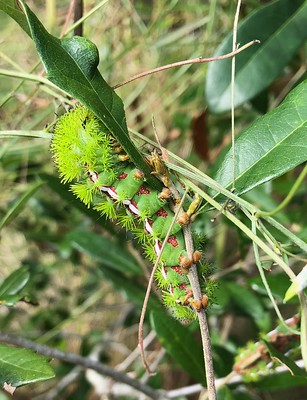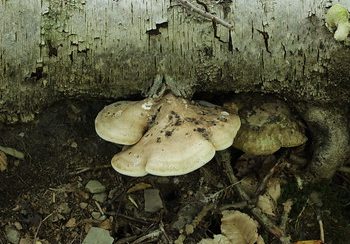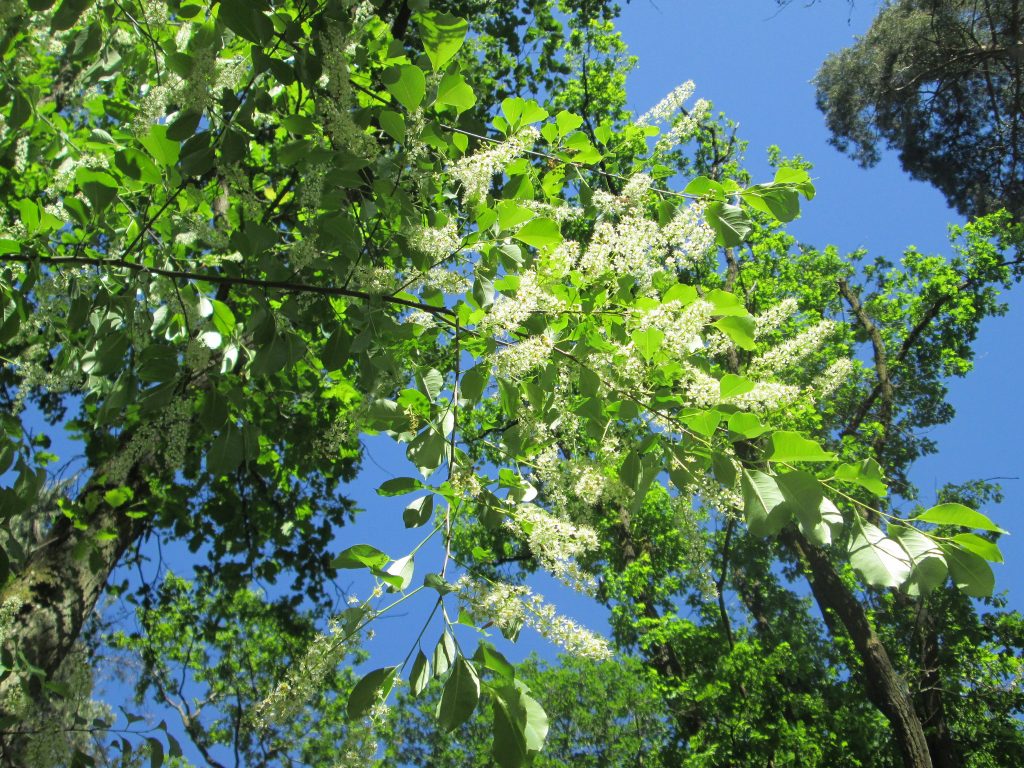Preserving forests is important.
We envision a sustainable future in which humans support the forest’s biodiversity through responsible use of its resources. Despite technology, our society relies on healthy forests for resources such as clean air and water, food, medicine, fuel, and building materials. Approximately 90% of Maine is forested—the most of any state in the United States. These forests filter our air and water, prevent flooding and erosion, provide sustainable building materials, support livelihoods related to its resources, and provide us with places for recreation. We can protect these forests, vital to Maine’s culture and economy, by helping to protect the biodiversity within them and finding a balanced way to enter the forest’s web of life without totally destroying it.
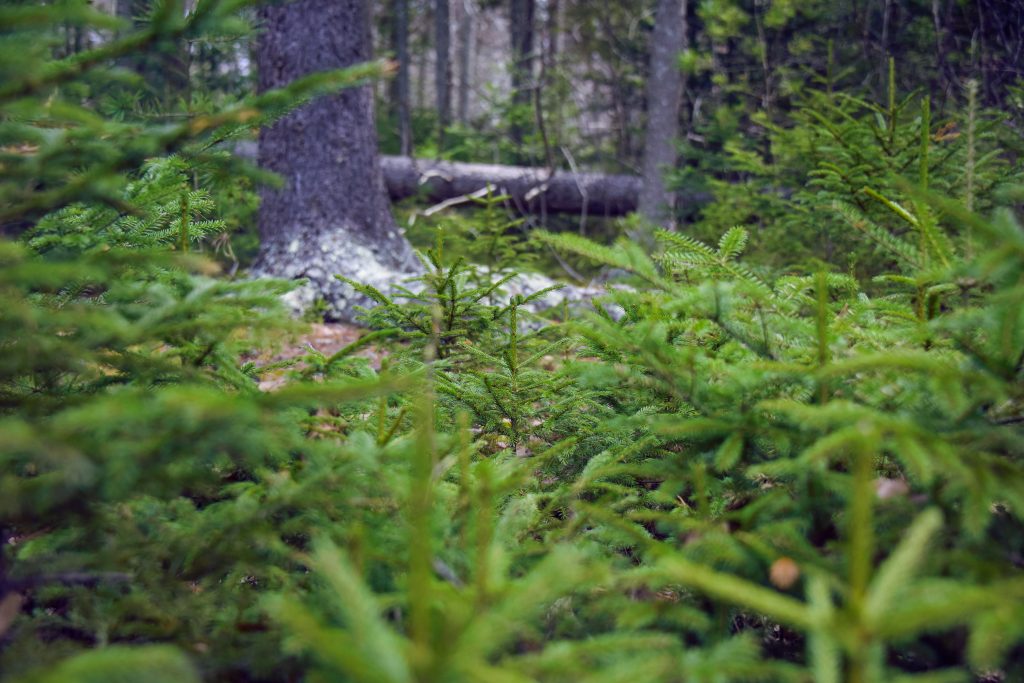
Everyone can participate in conservation.
The root cause of biodiversity loss is population growth and overconsumption. We are in the midst of the sixth mass extinction on Earth, with reports showing that we have lost 60% of the global biodiversity in the last 40 years. This loss of life is caused by human action, through the expansion of agriculture and industry, overexploitation through hunting and fishing, the introduction of invasive species, and pollution. The trolls are here to remind us that we can change this course. There are many ways to get involved and join the trolls as guardians of the forest.
Contribute to research by participating in community science projects and documenting the biodiversity in your own backyards and communities. The first step to preserving biodiversity is being aware of what there is to begin with. Some of our favorite community science projects include the Forest Ecology Research Network, Signs of the Seasons phenology monitoring, eBird, Great Backyard Bird Count, Project Feeder Watch, Maine “Big Night” amphibian monitoring, and iNaturalist. You can also search for more in your areas of interest at SciStarter.com.
Protect the biodiversity you know you have by fostering wildlife habitat in your yard and controlling introduced weeds and pests. Help maintain Maine’s wetlands by conserving water, reducing irrigation, and not draining water bodies on your property. Consider donating property to land trusts.
Engage on a larger scale and amplify your voice by advocating for policy change that protects forests and their resources. One good place to start is the Natural Resources Council of Maine, who advocate for policy that protects, restores, and conserves Maine’s environment like waste and recycling reform, clean energy, and endangered species protection.
Want more ideas from the trolls about how to discover and support forest biodiversity? Check out the Teachings of the Trolls here.
